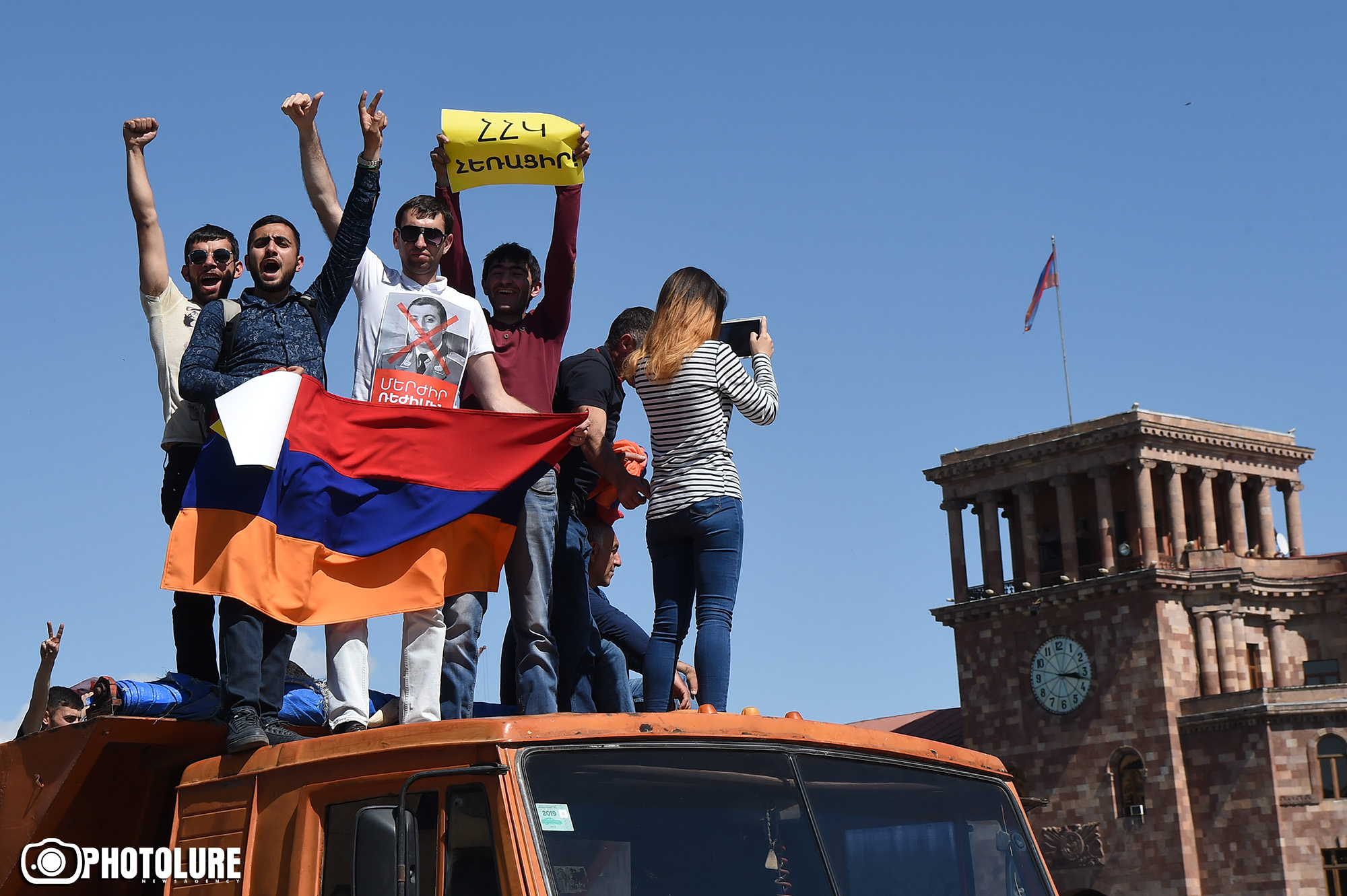I regard the “New Armenia-Old Armenia” contrast with some reservations. This separation is strictly conditional not only for the different phases of the Third Republic, but also for the three attempts our people made at creating a state and the attempts they made during the many centuries beforehand.
There is no need for barricades anymore because the force that would have stood on the “other side” no longer exists- not counting a few flounderers. I also don’t think that there’s any need for mixing the past with revolutionary pathos (sometimes I refer to that as “zombism”). If a particular political team’s representative violated the law, they need to be punished. But if they didn’t, then they should be respected as a citizen the same way that the “walkers,” the “drummers,” and the people who cheer at rallies.
Prime Minister Nikol Pashinyan’s speech at the swearing-in ceremony of the mayor of Yerevan was a foundation for optimism in that aspect. He spoke about “political racism,” completely rejecting the past, and about how it’s unacceptable to underestimate the work that previous generations have done. It’s true that the “old ones” also built up our capital and our country. Those “old ones” include authorities, opposition, the general public, and citizens. If we say that everyone was a thief who rigged elections, it will mean that we reject our own selves. In reality, we have a country that has many problems, and the revolution opened up the possibility of solving those problems.
After the prime minister’s resignation and the dissolvement of parliament, the last phase of the revolution will begin, which will end with the snap elections. Of course, it’s not impossible that problems will arise in the National Assembly which will result in attempts at postponing that phase. But other than those small obstacles, even if they do take place, we have to treat it normally, just like we would an ugly painting.
The use of the “old-new Armenia” contrast has ended. The sooner everyone realizes this, the better.























































